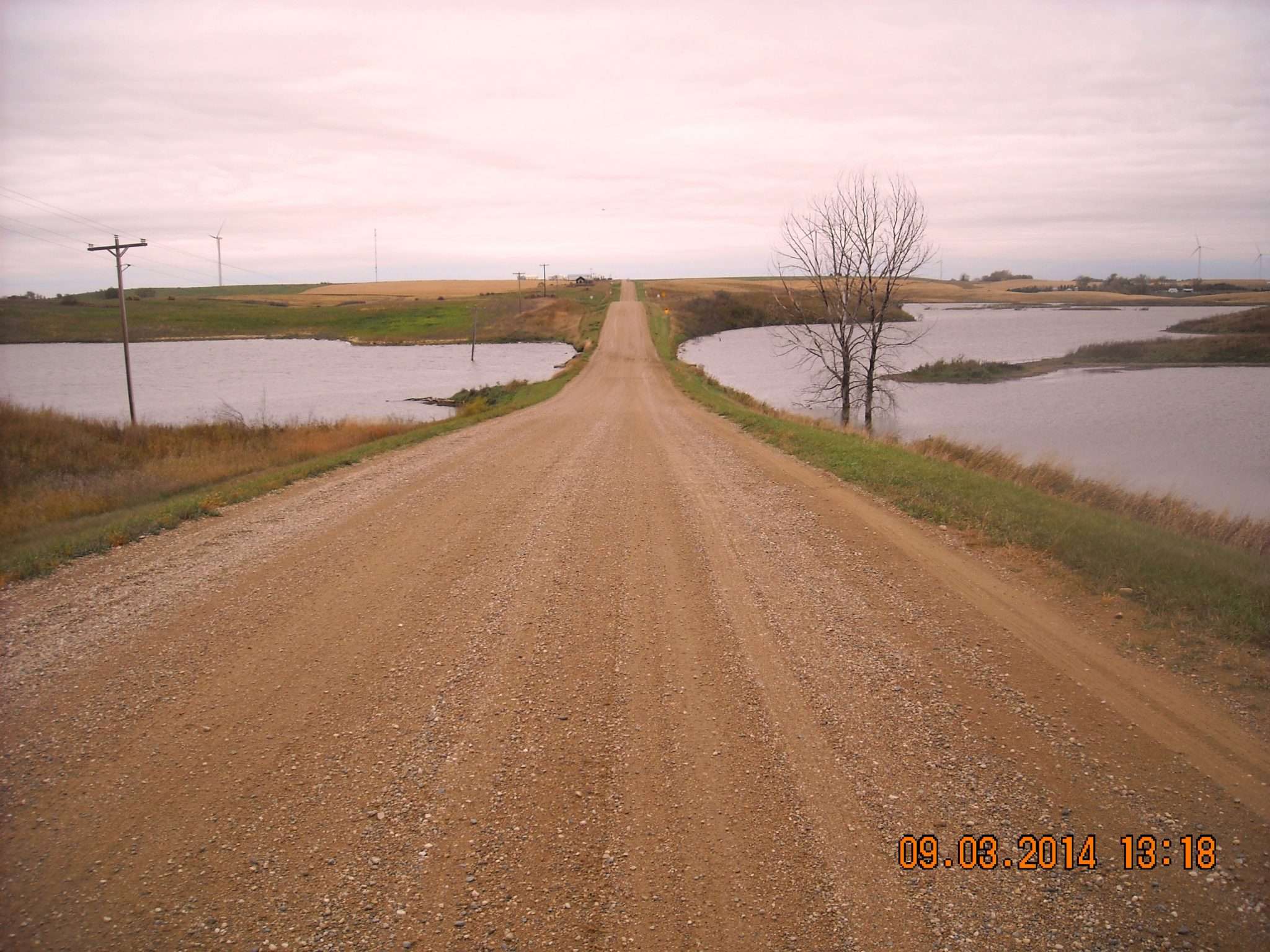
Are you ready for your next transportation project?
Safe, reliable transportation is vital for every community. But how does a county decide when a roadway is due for maintenance or reconstruction? What goes into determining the need? And where does the funding come from?
At Moore Engineering, a transportation project begins with an evaluation of the transportation system. It sounds simple, but there’s a lot to evaluate. We take into account the following key indicators:
CONDITION OF THE ROAD
We use a Pavement Condition Index (PCI) to rate asphalt pavement based on type of distress, severity level of distress, and amount of distress. PCI scores range from 1-100, with four general categories: Excellent: (>98), Good: (97-88), Fair: (87-77) and Poor: (<77).
In terms of gravel roads, frequent maintenance is often necessary, depending on weather and traffic counts.
Managers and equipment operators have continual responsibility to keep the roadway surface properly shaped, including the shoulder. Aside from typical maintenance, gravel roads can fail when exposed to heavy loads during wet conditions. Truck traffic beyond what was accounted for during design of the roadway creates stresses on the subgrade, often resulting in pavement failure and the need for reconstruction.
When roads wear out more quickly than their projected life, we start looking at the usage. For example, paved roads in western North Dakota have been known to last as little as three years when their projected life was 20 years. When we look at truck volumes, though, it becomes clear why roads aren’t holding up well as we’d expect.
TRAFFIC VOLUMES & GROWTH PROJECTIONS
There are standard rates used for how to project growth. In new development areas, it’s important to support those predictions with studies on the nearest corridors, evaluating what is platted for growth in the next 10 to 20 years so you can accommodate accordingly.
CRASH STATISTICS
Some intersections are dangerous. When certain stretches of roads or intersections are more prone to accidents, it calls for an evaluation as to why. Would extra turn lanes solve it? Does the light’s timing need adjusting? Are there visibility issues? Or just simply too much traffic? Examining the details and making adjustments – even if it’s small at first – can help us make the intersection, and residents, safer.
Once the need is determined, Moore Engineering has two priorities.
 First, we strive to design a project that becomes an asset to the community and improves residents’ lives. Roadways and efficient transportation are important to a community’s overall well-being. We consider the vision of your community, from aesthetics, safety and effective traffic flow, to storm water management, site development and pedestrian mobility.
First, we strive to design a project that becomes an asset to the community and improves residents’ lives. Roadways and efficient transportation are important to a community’s overall well-being. We consider the vision of your community, from aesthetics, safety and effective traffic flow, to storm water management, site development and pedestrian mobility.
And second, we help our client find funding. We know key routes to different funding programs and are aware of the funding “seasons.” Finally, we know what types of projects are most likely to get funded.
Based upon the need, planning and funding, the next phases would include implementation of a design and construction.
Are you ready for your next transportation project? Contact us!
